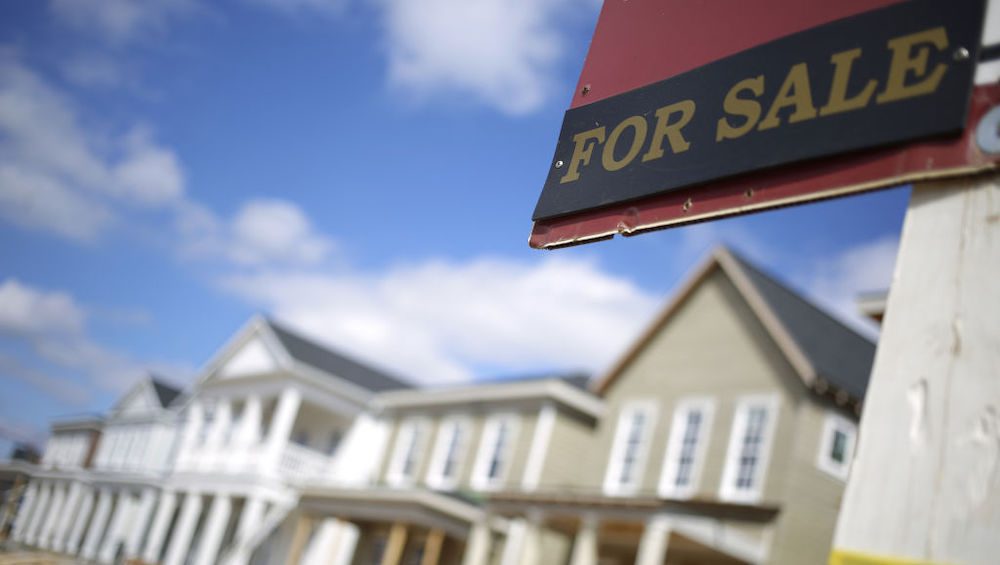June 2025 Existing-Home Sales: A Market in Transition MABA MassachusettsRealEstate FirstTimeHomeBuyers MaBuyerAgent
June 2025 marked a pivotal moment in the U.S. housing market, reflecting both challenges and emerging opportunities. According to the National Association of Realtors (NAR), existing-home sales declined by five point four percent from May, reaching a seasonally adjusted annual rate of 3.89 million units. This figure also represents a five point four percent decrease compared to June 2024. Despite the downturn in sales volume, the median existing-home price climbed to a record high of $426,900, up four point one percent year-over-year. This juxtaposition of declining sales and rising prices underscores the complex dynamics currently influencing the housing market. Factors such as mortgage rates, inventory levels, and buyer affordability continue to play significant roles in shaping these trends.
Inventory levels saw a notable increase, with 1.32 million existing homes available at the end of June, up three point one percent from May and twenty three point four percent from the previous year. This rise in inventory corresponds to a 4.1-month supply at the current sales pace, indicating a gradual shift toward a more balanced market. The increased availability of homes provides buyers with more options and could potentially ease upward pressure on prices. However, the market remains competitive, with well-priced homes continuing to attract multiple offers. This environment necessitates that sellers remain strategic in pricing and marketing their properties to stand out. For buyers, the expanded inventory offers a broader selection, but swift decision-making remains crucial.
Regional variations were evident in June’s existing-home sales data. The Northeast experienced a two point one percent decline from May, with an annual sales rate of 470,000, down six percent from June 2024. The Midwest saw an eight percent decrease month-over-month, reaching an annual rate of 920,000, a six point one percent drop year-over-year. In the South, sales fell by five point nine percent from May to an annual rate of 1.76 million, marking a six point nine percent decrease compared to the previous year. The West recorded a two point six percent decline in June, maintaining an annual rate of 740,000, unchanged from a year ago. These regional disparities highlight the importance of localized market analysis for both buyers and sellers.
Price appreciation varied across regions, with the Northeast leading at a median price of $521,500, up nine point seven percent from June 2024. The Midwest followed with a median price of $327,100, a five point five percent increase year-over-year. The South’s median price rose by one point seven percent to $373,000, while the West saw a three point five percent increase to $629,800. These figures reflect regional economic conditions, demand-supply dynamics, and local housing policies. Understanding these nuances is essential for stakeholders making informed decisions in the housing market. Continued monitoring of regional trends will provide valuable insights into future market movements.
The luxury segment of the market demonstrated resilience, with sales of homes priced at one million dollars or more increasing by four percent year-over-year. In contrast, sales of homes priced below $100,000 dropped by twenty seven percent, and those in the $100,000 to $250,000 range fell by eighteen percent. This divergence indicates that higher-end buyers remain active, while affordability challenges persist for entry-level buyers. The disparity underscores the need for policies and initiatives aimed at improving housing affordability. Developers and policymakers must collaborate to address the supply-demand imbalance in affordable housing. Efforts to increase the availability of lower-priced homes could help bridge the gap for first-time and budget-conscious buyers.
Mortgage rates continued to influence buyer behavior, with the thirty year fixed-rate mortgage averaging around six point seventy seven percent in mid-July. While slightly lower than earlier in the year, these rates still pose affordability challenges for many potential buyers. Higher borrowing costs can limit purchasing power and deter some from entering the market. However, stable or declining rates in the future could stimulate buyer activity and support market recovery. Financial institutions and policymakers closely monitor these rates to assess their impact on housing demand. Prospective buyers should stay informed about rate trends to make timely and cost-effective purchasing decisions.
First-time buyers accounted for twenty nine percent of sales in June, a slight decrease from thirty one percent in May but an increase from twenty seven percent in June 2024. All-cash sales represented twenty eight percent of transactions, consistent with May and up from twenty six percent a year ago. These figures suggest that while first-time buyers face challenges, they remain a significant portion of the market. The prevalence of all-cash purchases indicates strong interest from investors and financially secure buyers. Understanding the composition of buyers can help sellers tailor their strategies to target specific demographics. Real estate professionals should consider these trends when advising clients and developing marketing plans.
June 2025’s existing-home sales data reflects a market undergoing significant adjustments. While sales volumes have declined, rising prices and increased inventory suggest a complex interplay of factors influencing buyer and seller behavior. Regional disparities and variations across price segments highlight the importance of localized market knowledge. Mortgage rates and affordability remain central concerns, affecting the decisions of both first-time and seasoned buyers. As the market continues to evolve, stakeholders must stay informed and adaptable to navigate the changing landscape effectively. Engaging with knowledgeable real estate professionals can provide valuable guidance in this dynamic environment.

FIRST TIME HOMEBUYERS
"The MABA agent helped us find the perfect home for us at the right price and we felt extremely good about the final deal."
Get Started with MABA
For no extra cost, let a MABA buyer agent protect your interests



